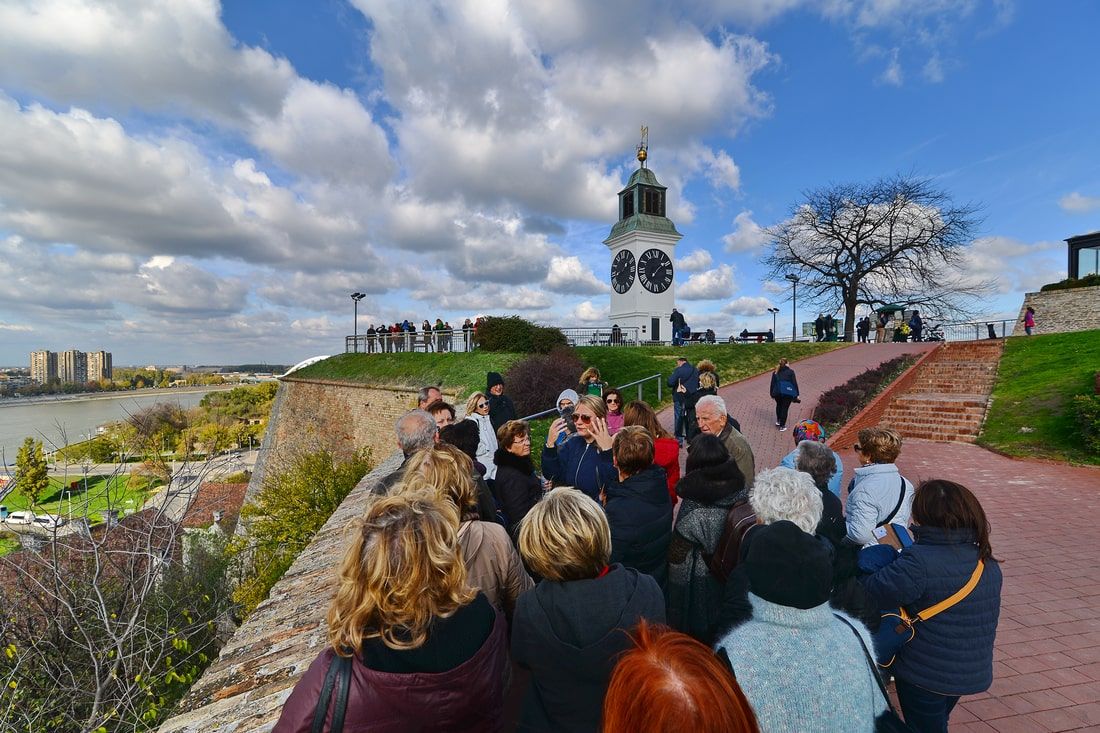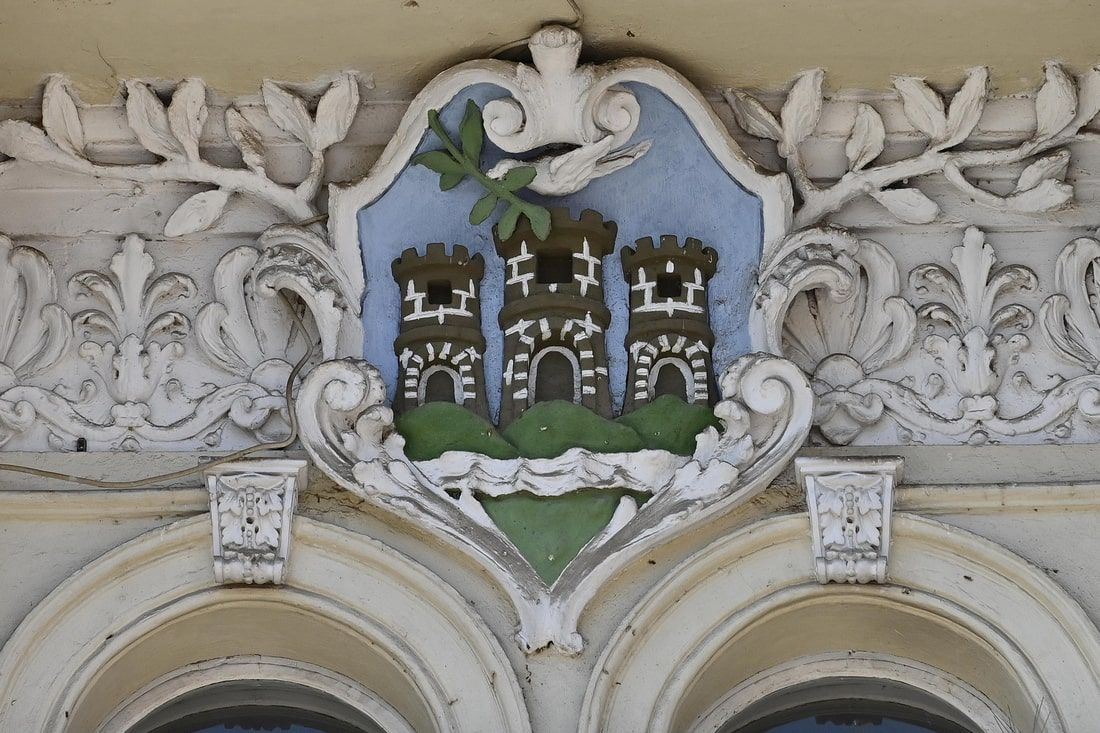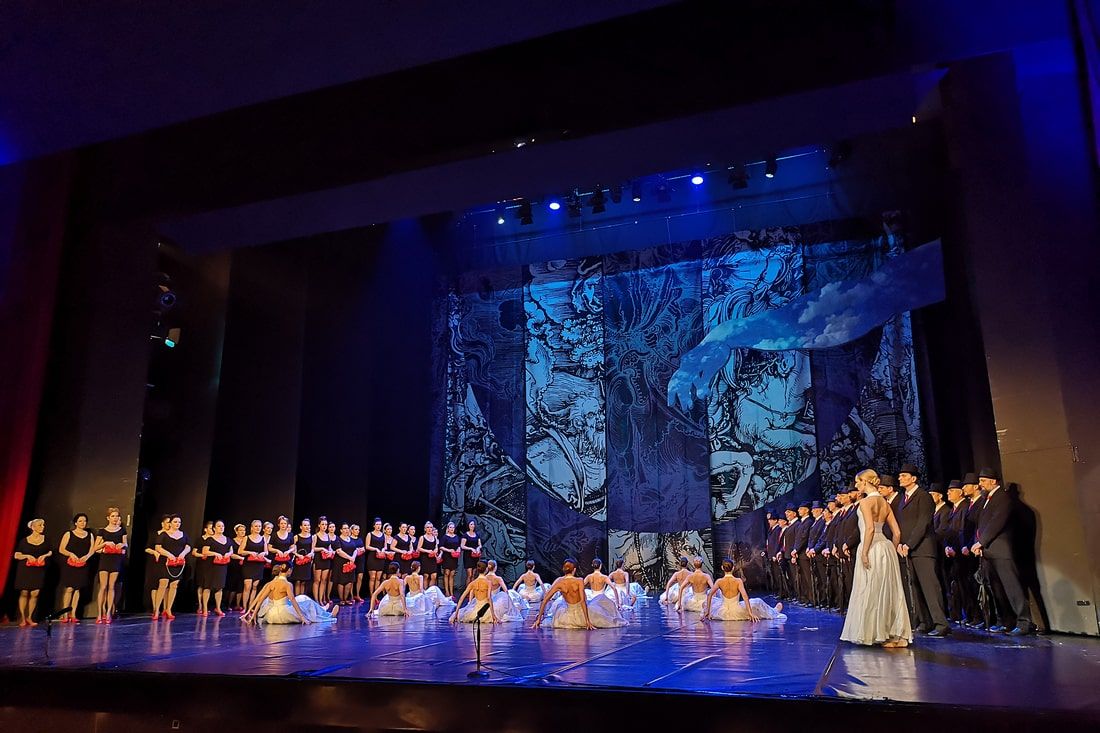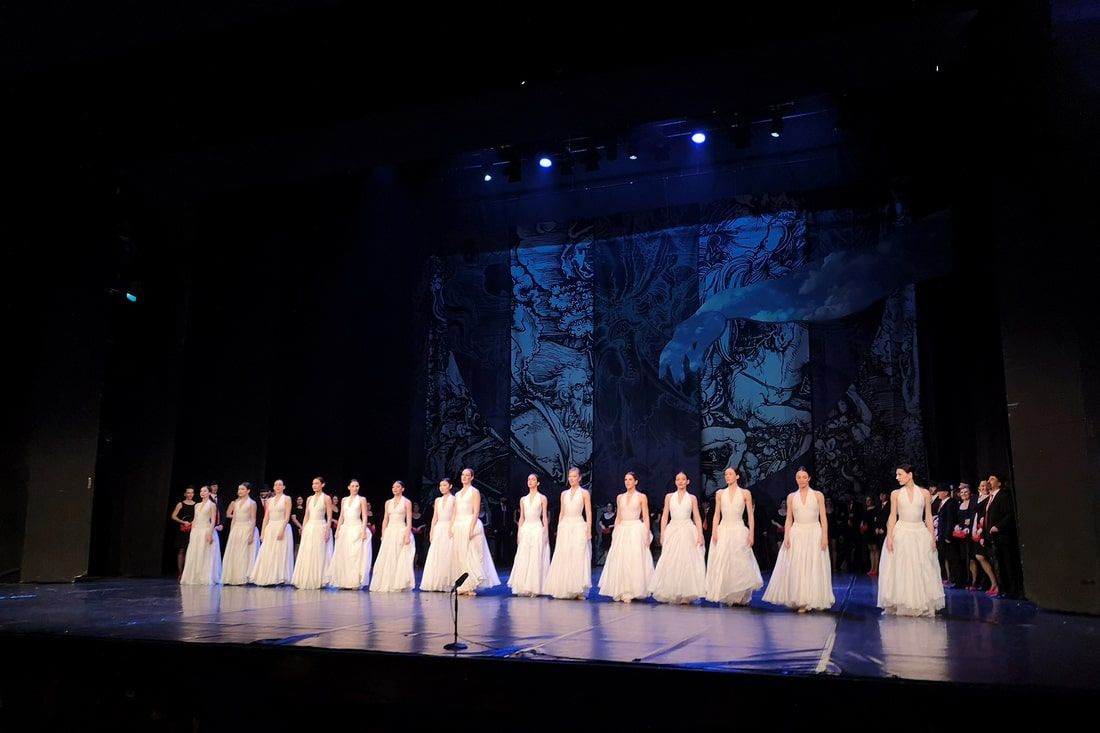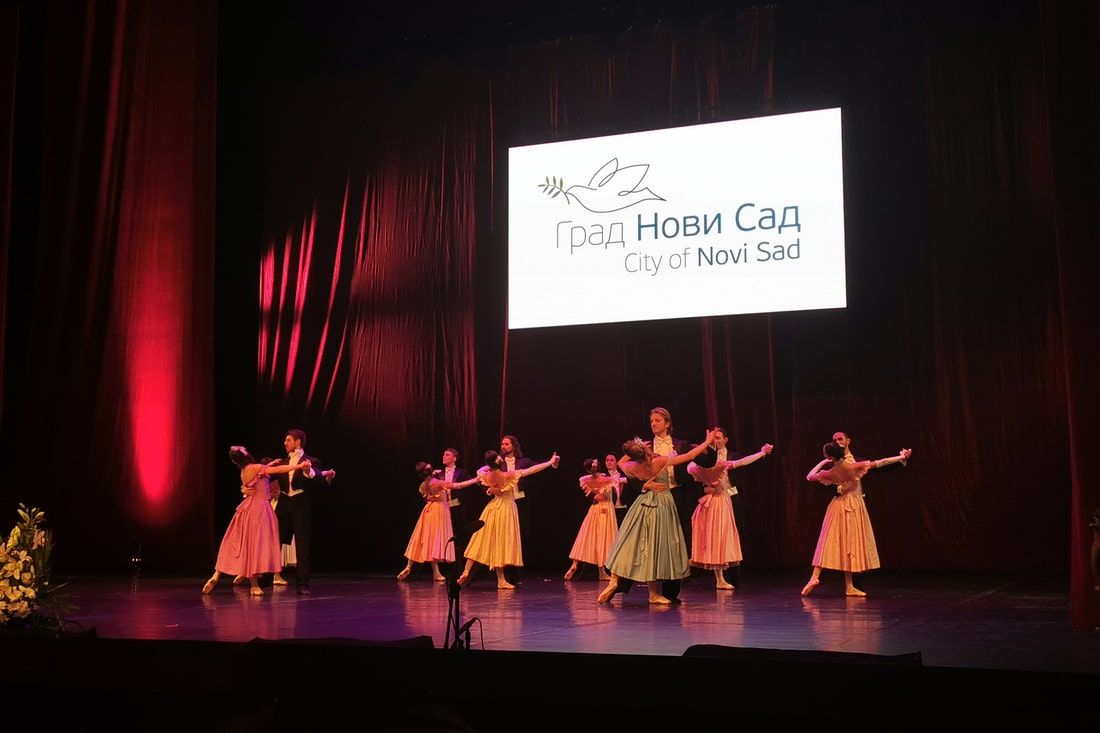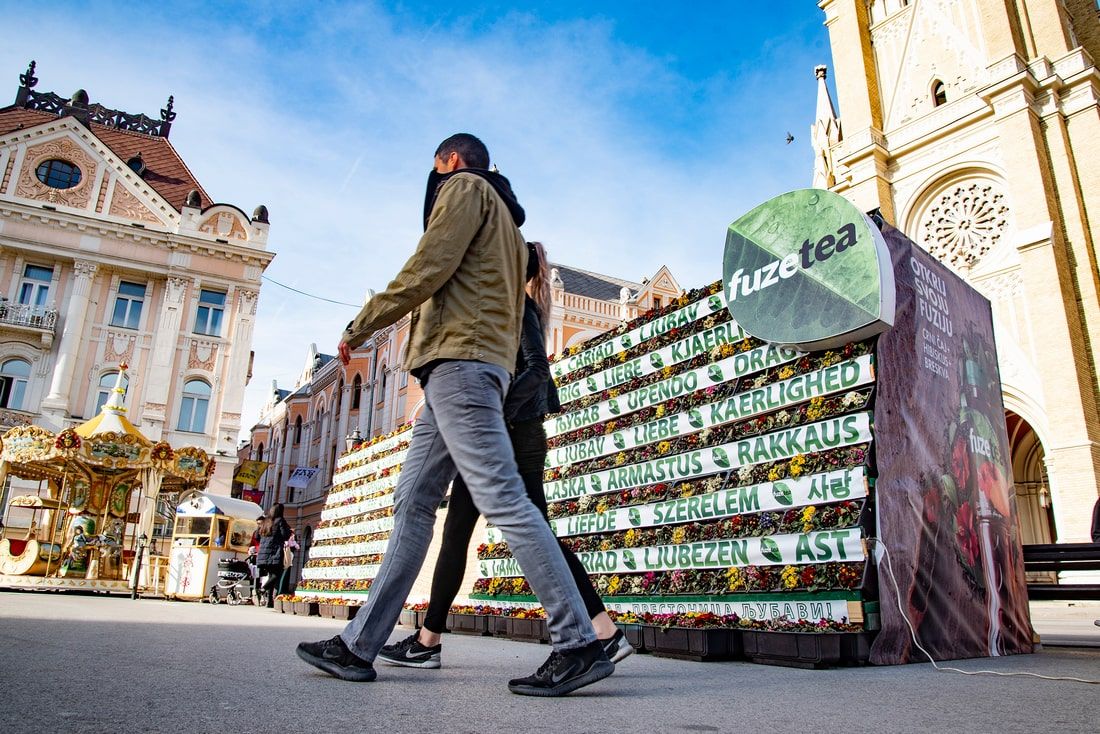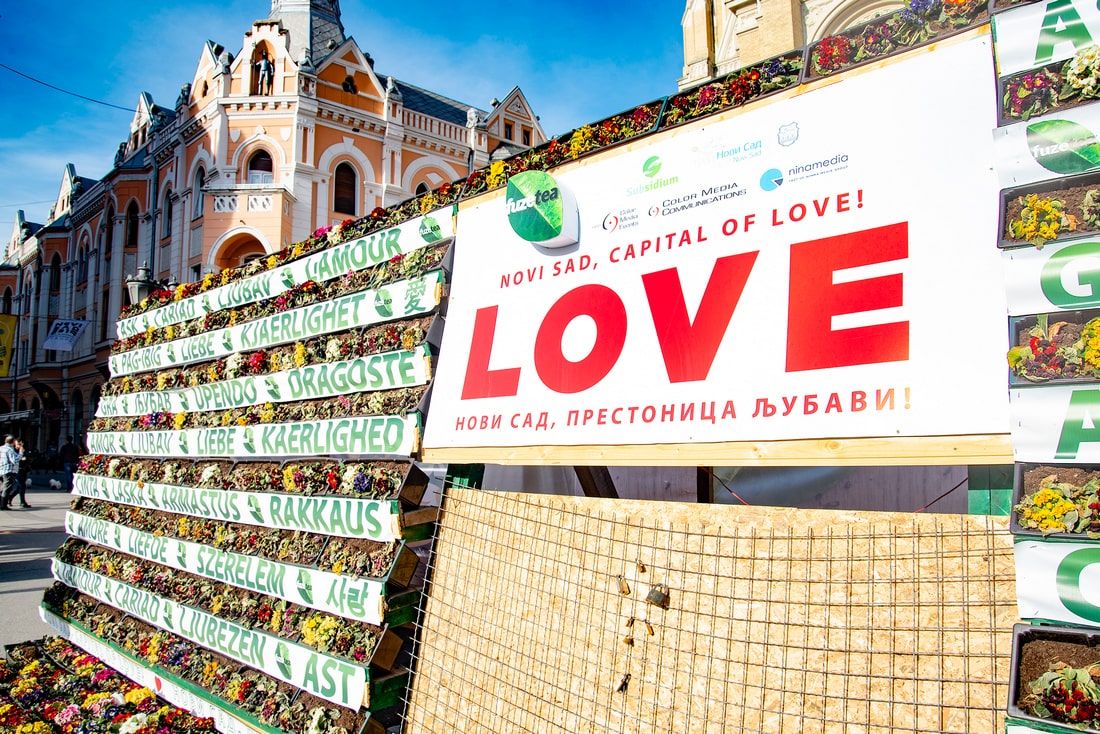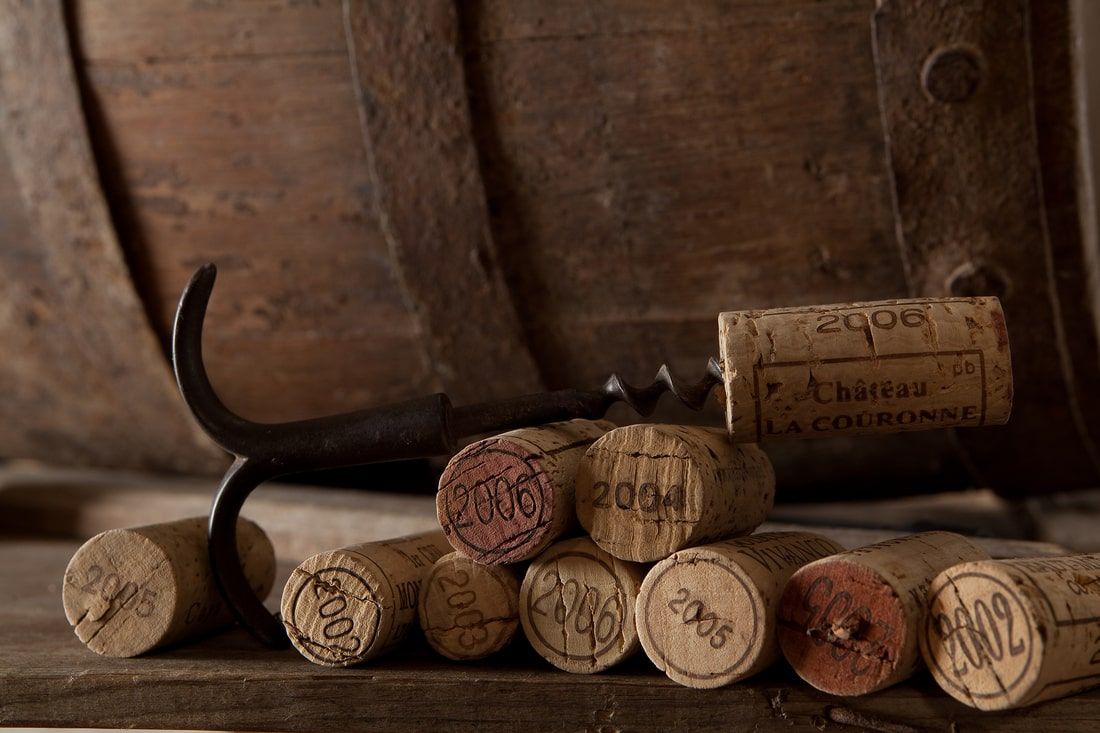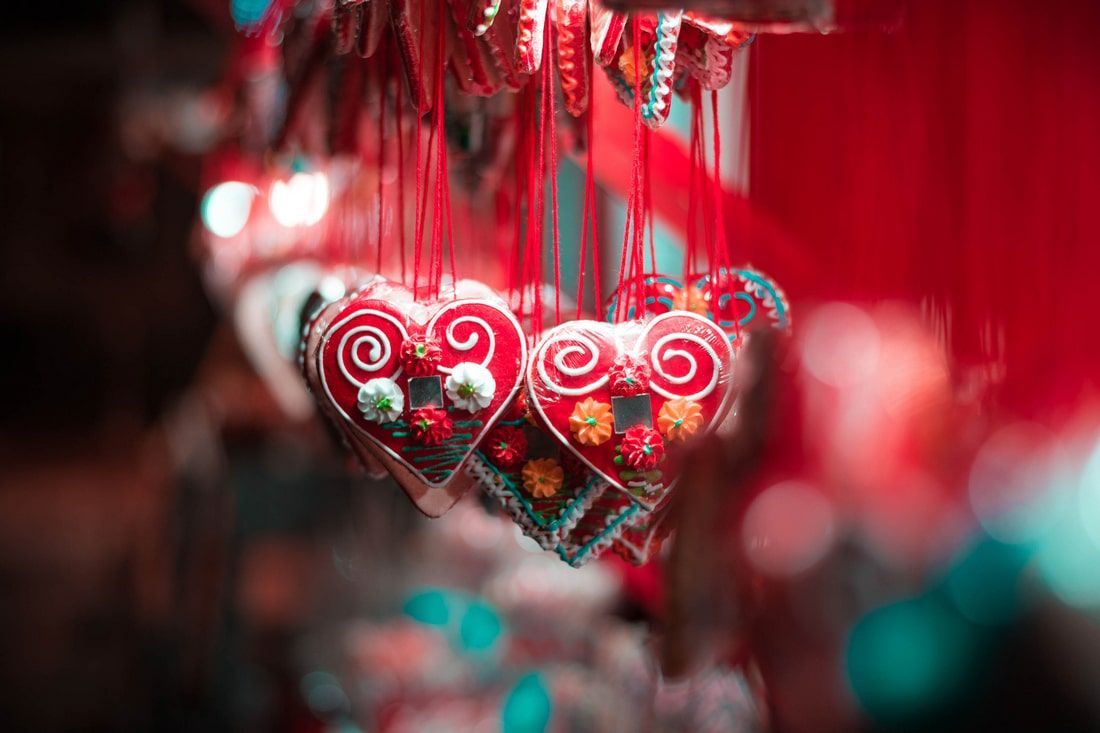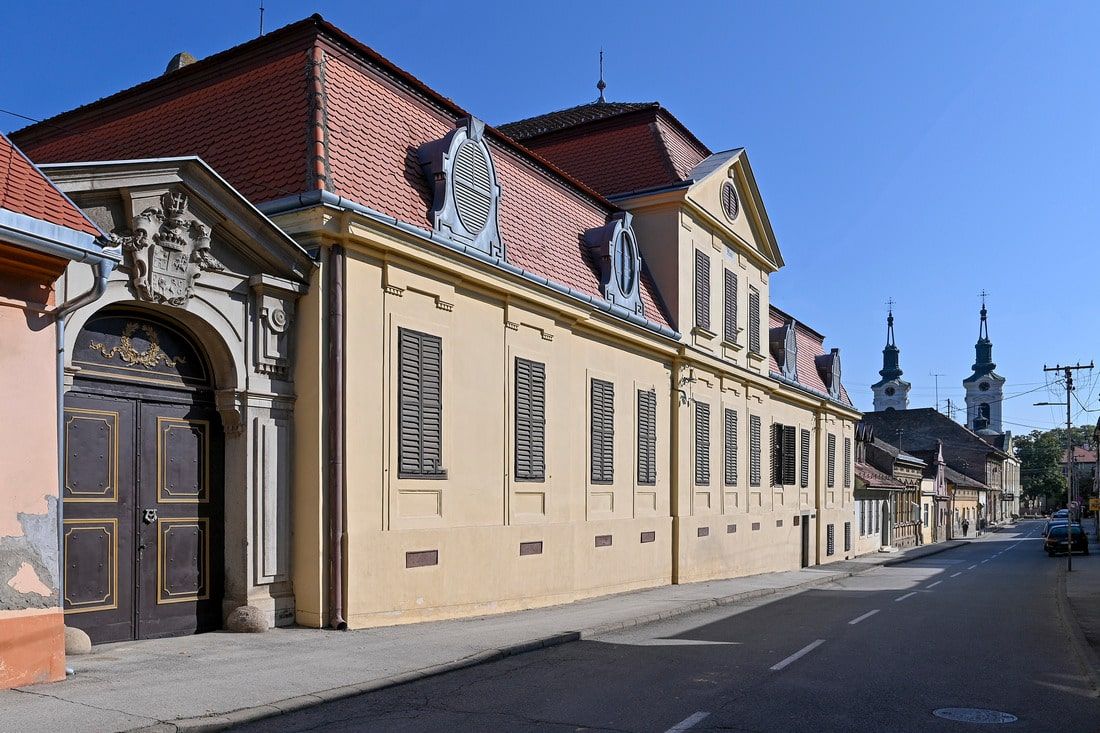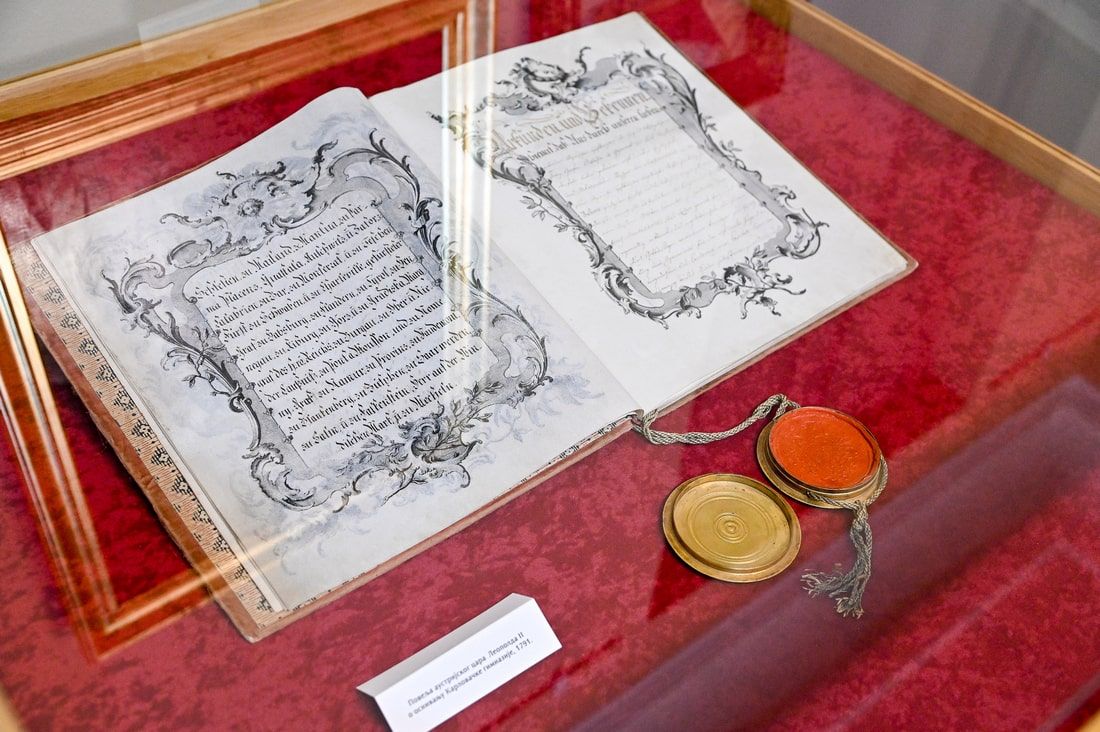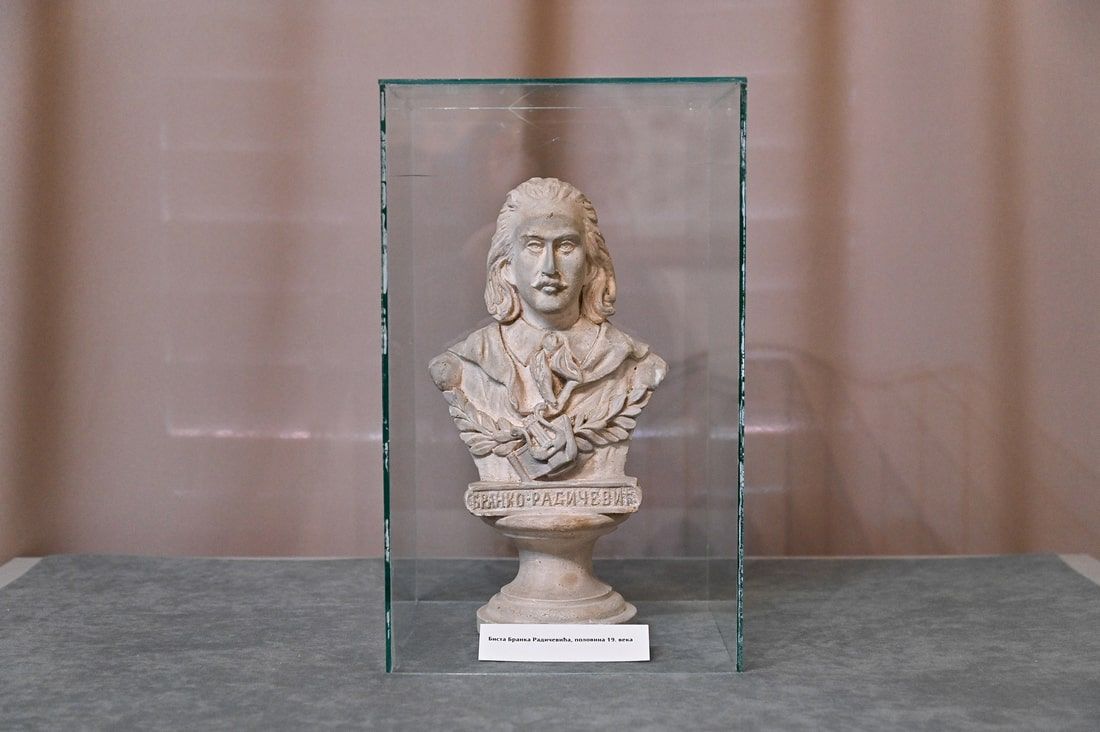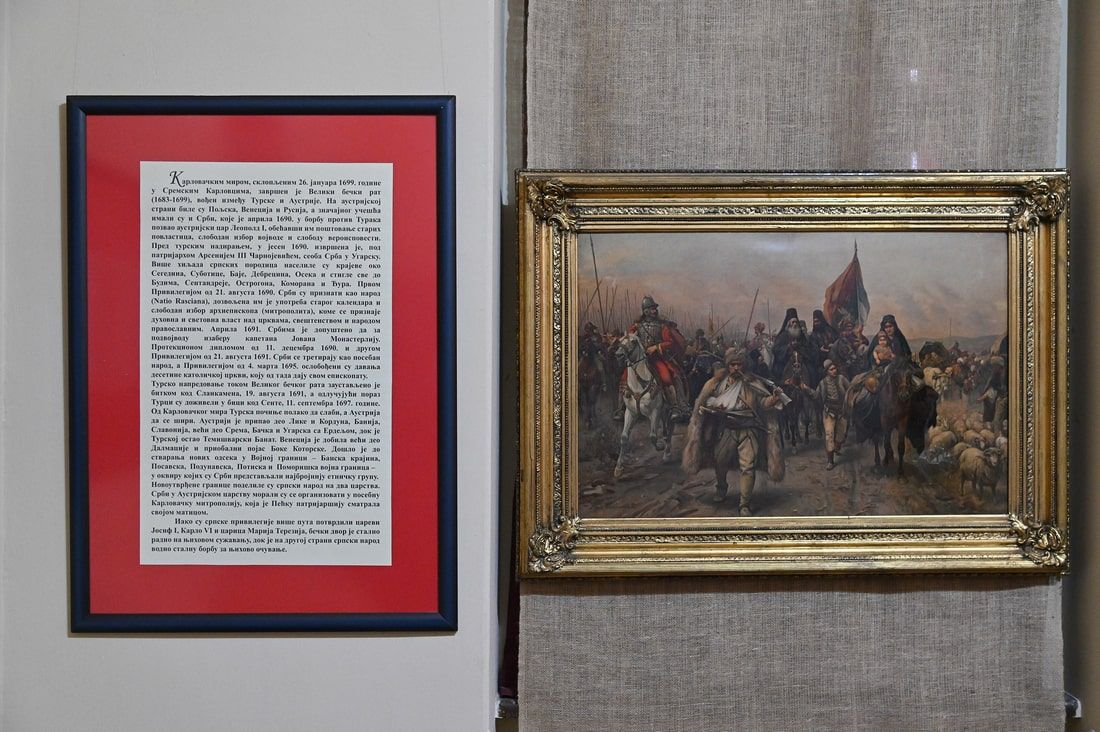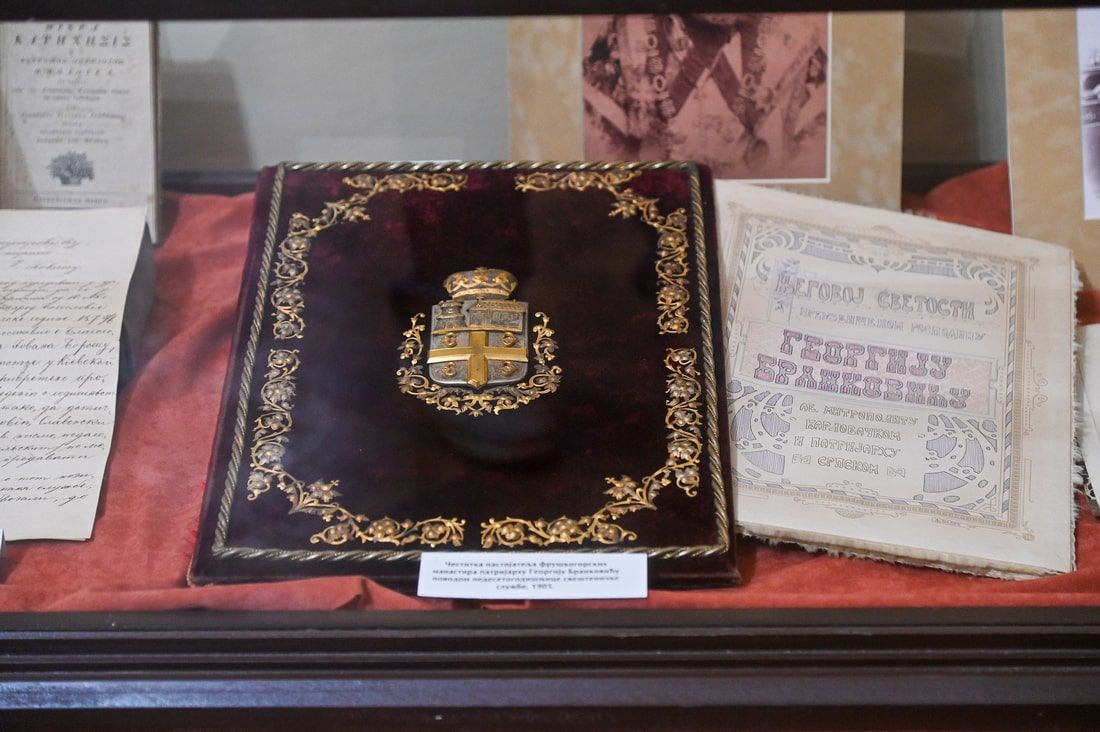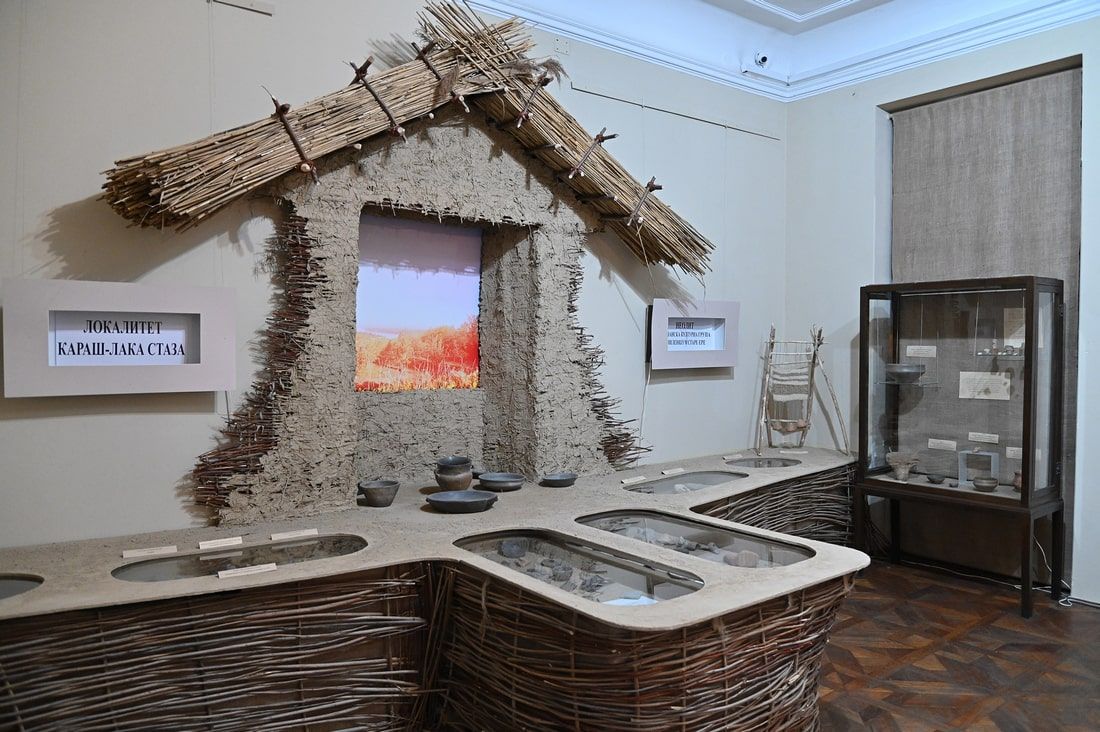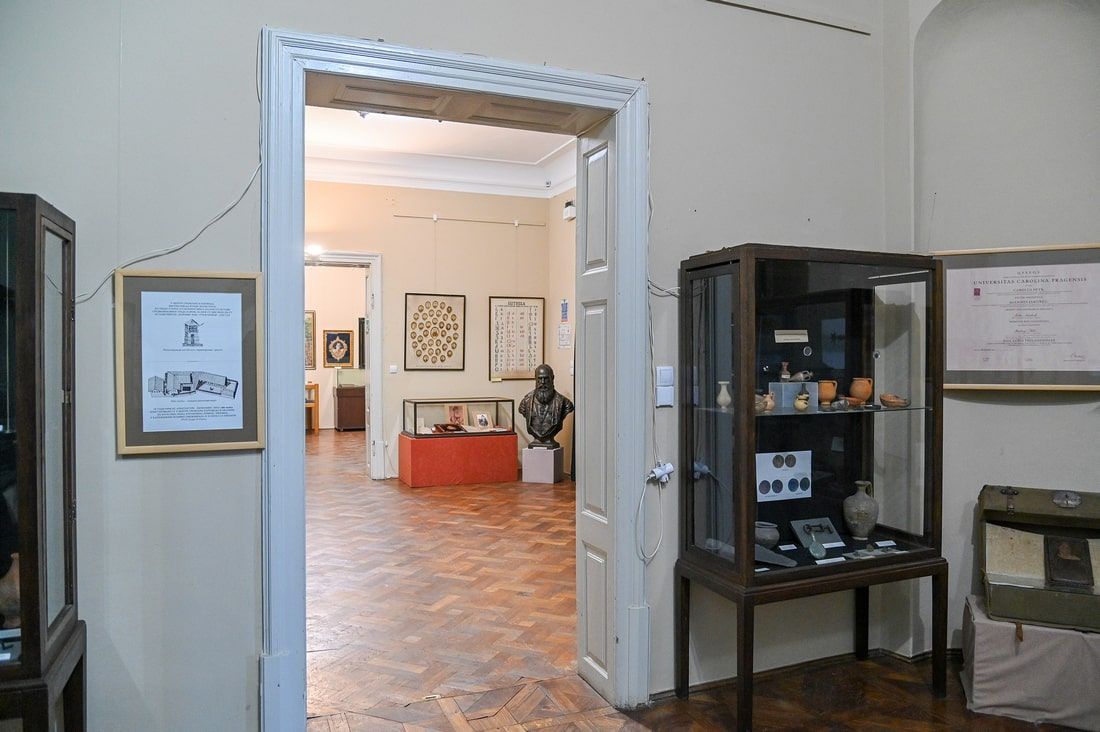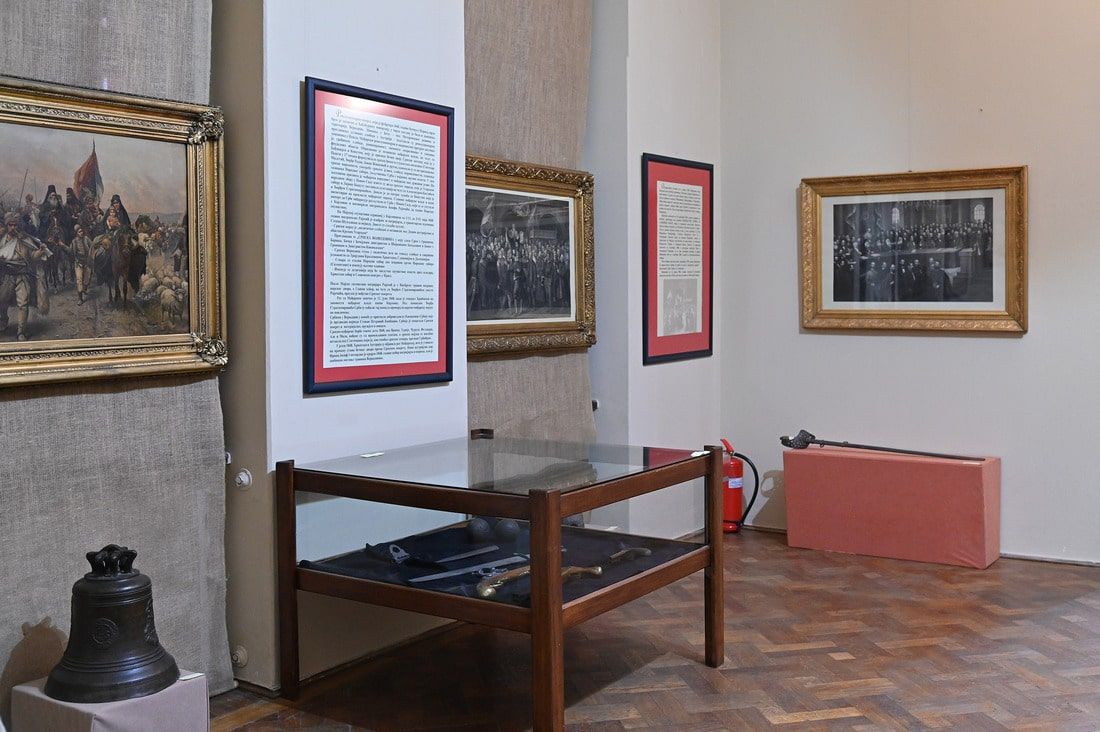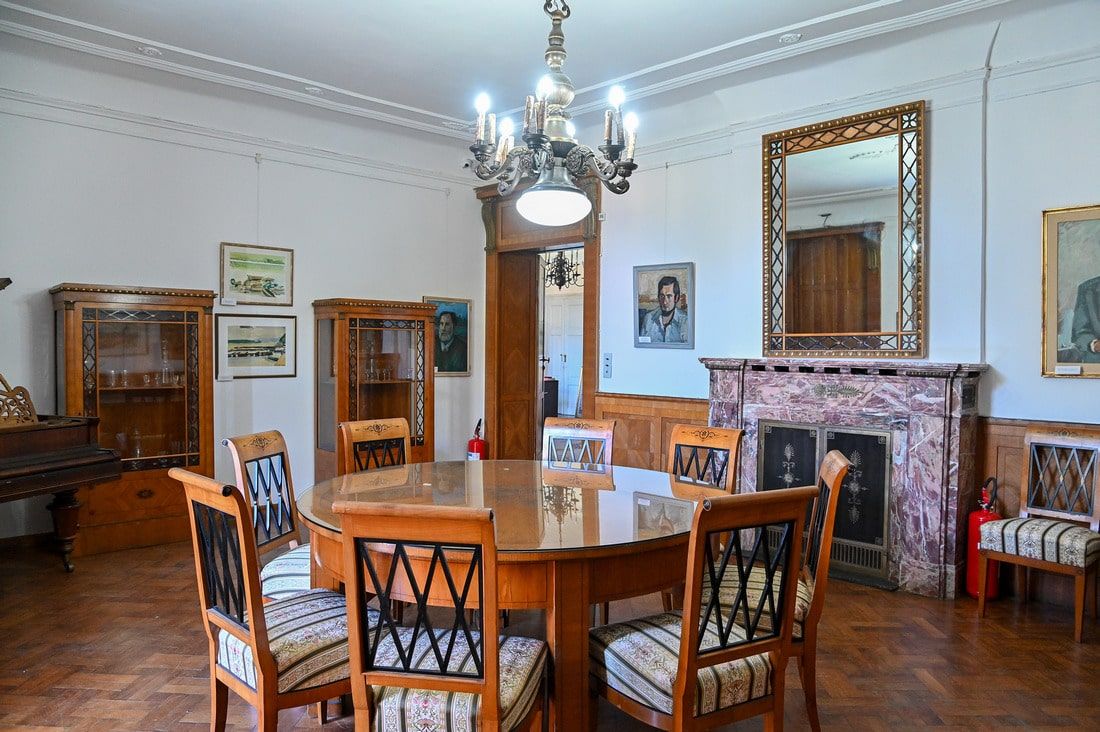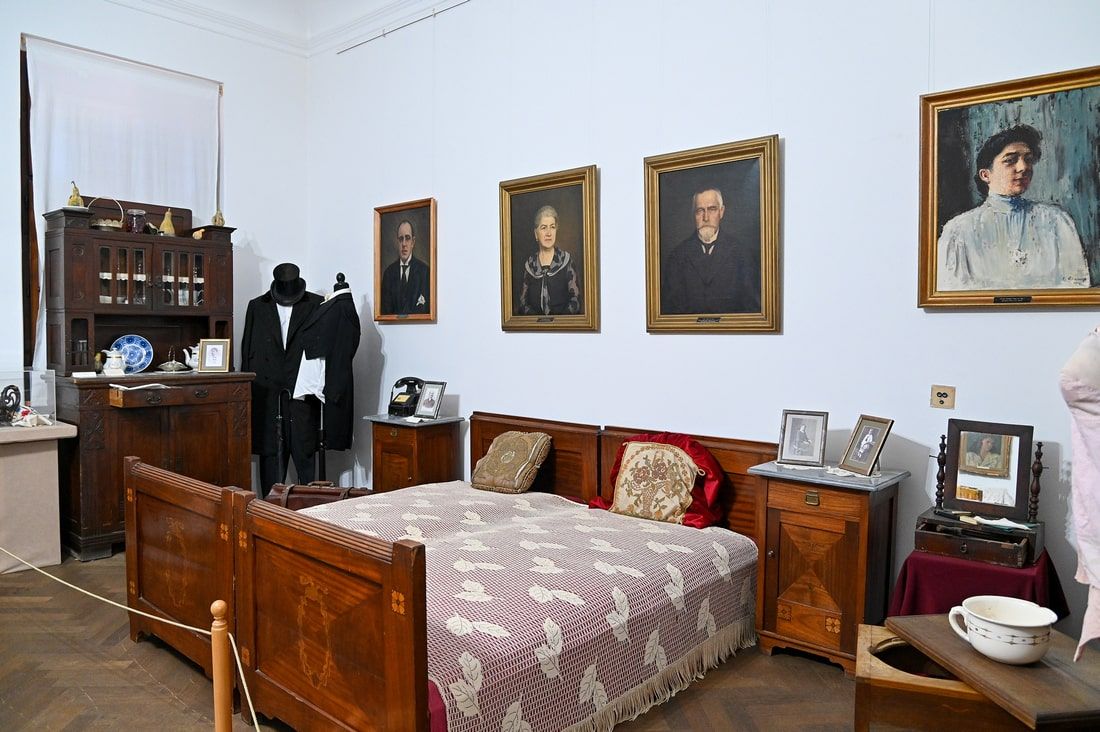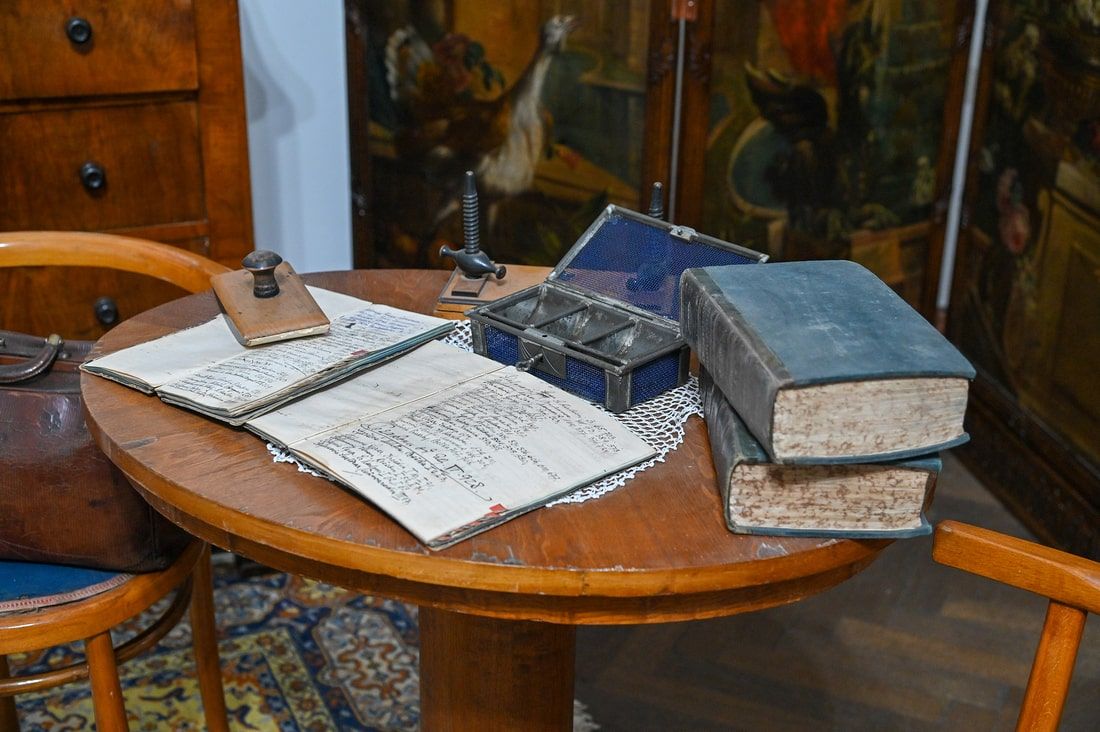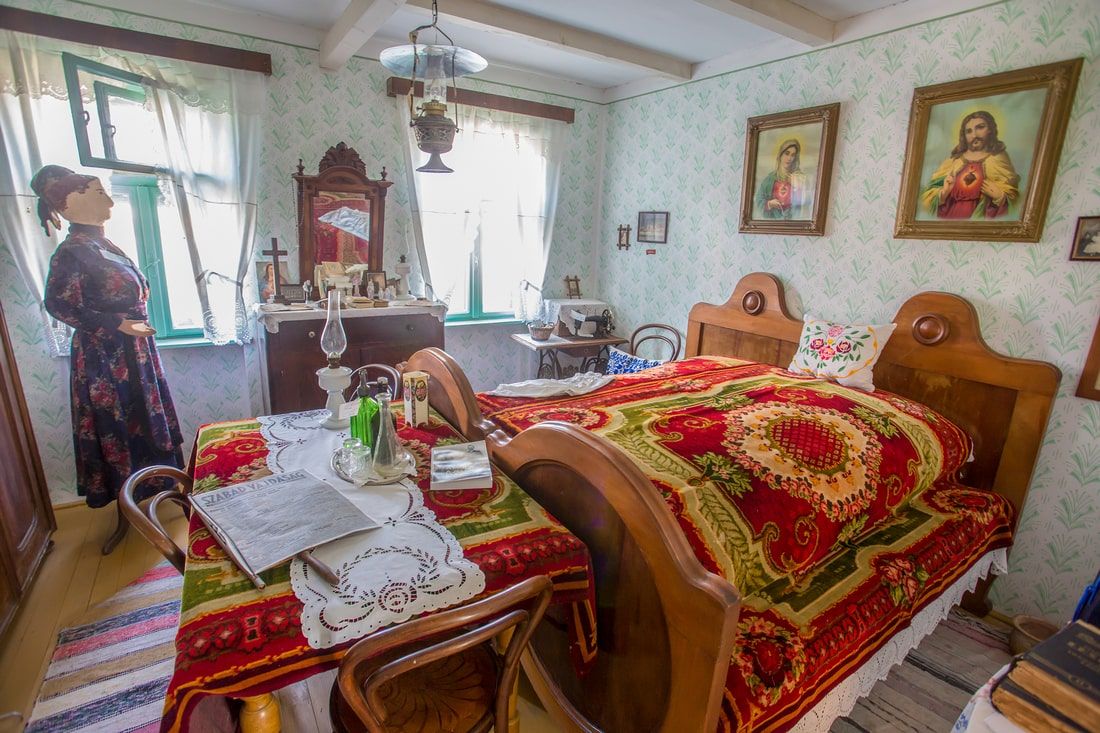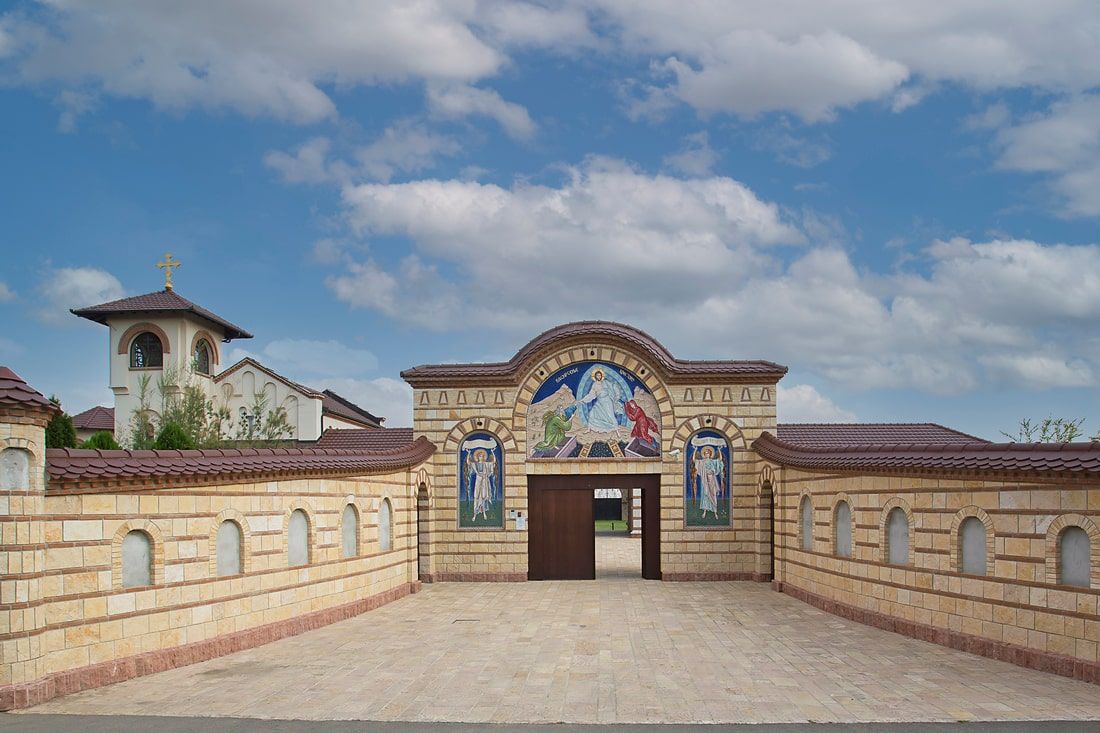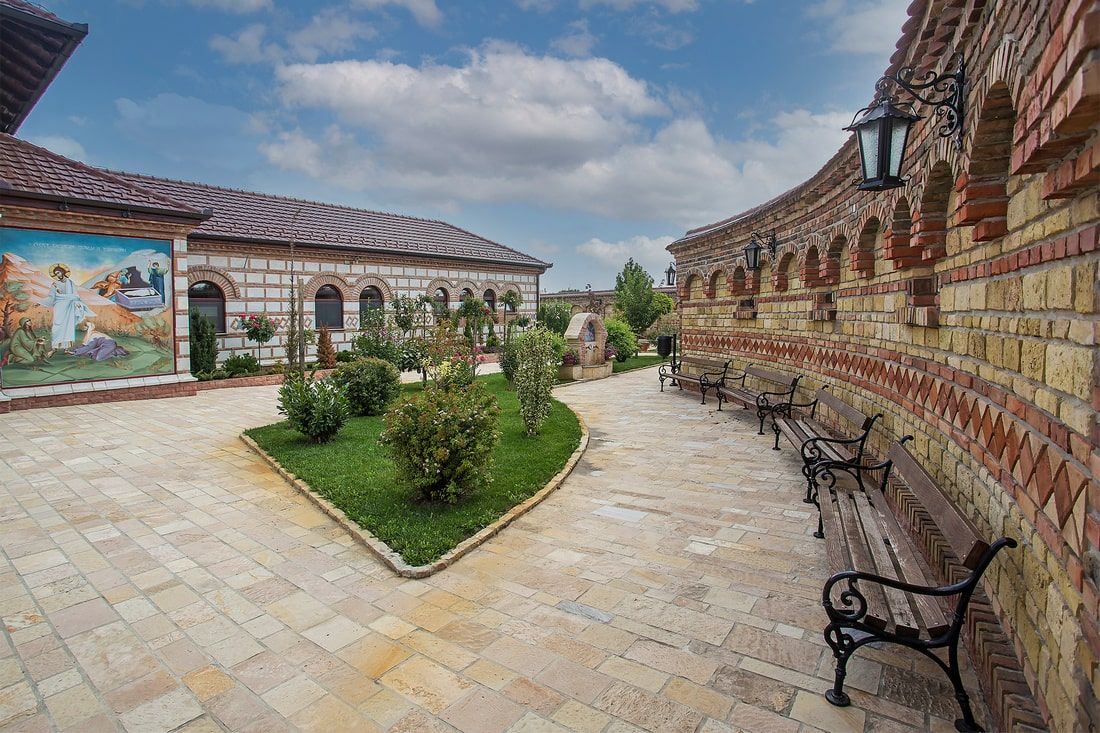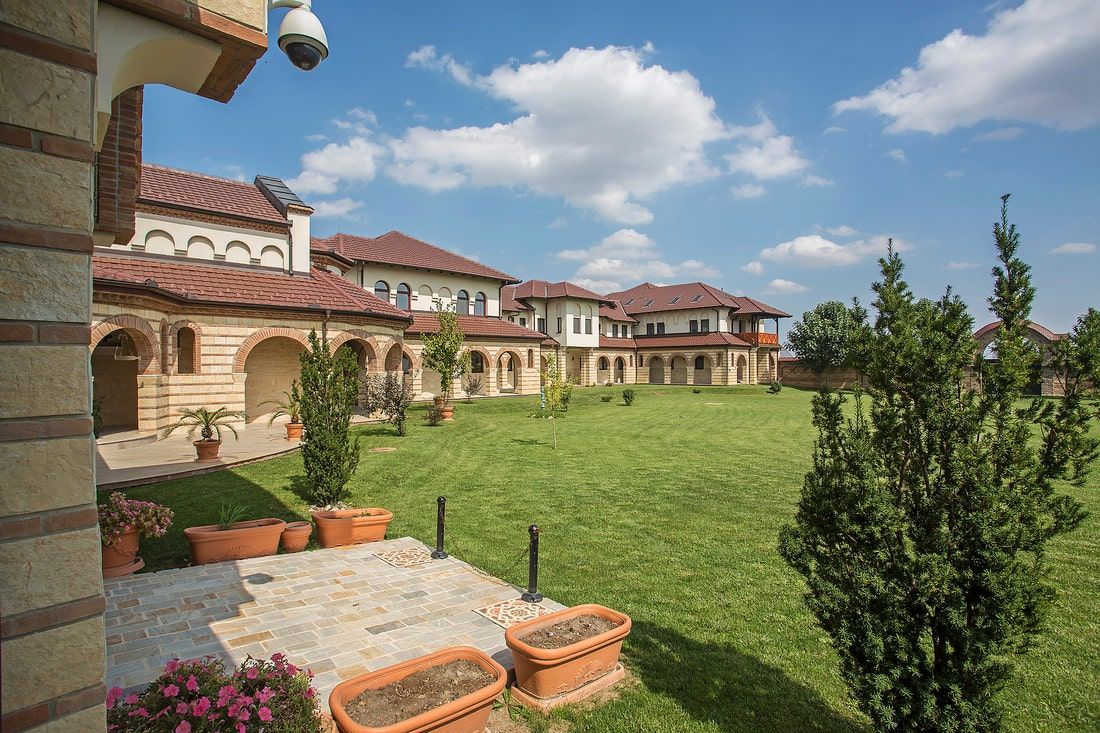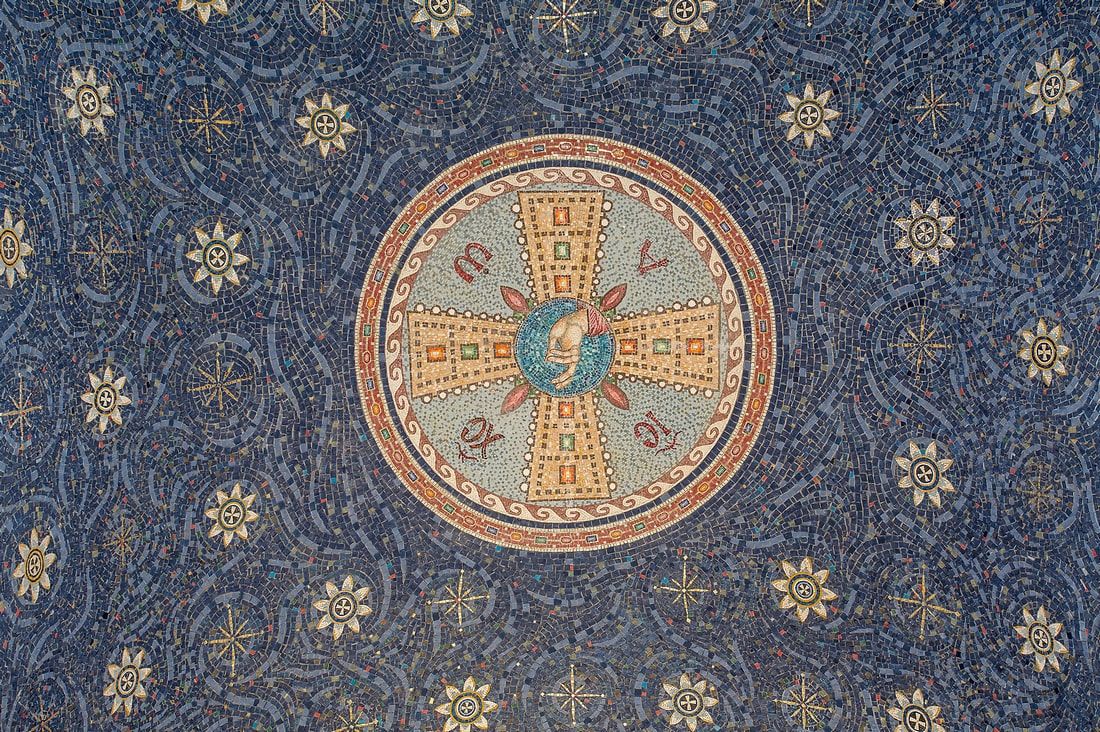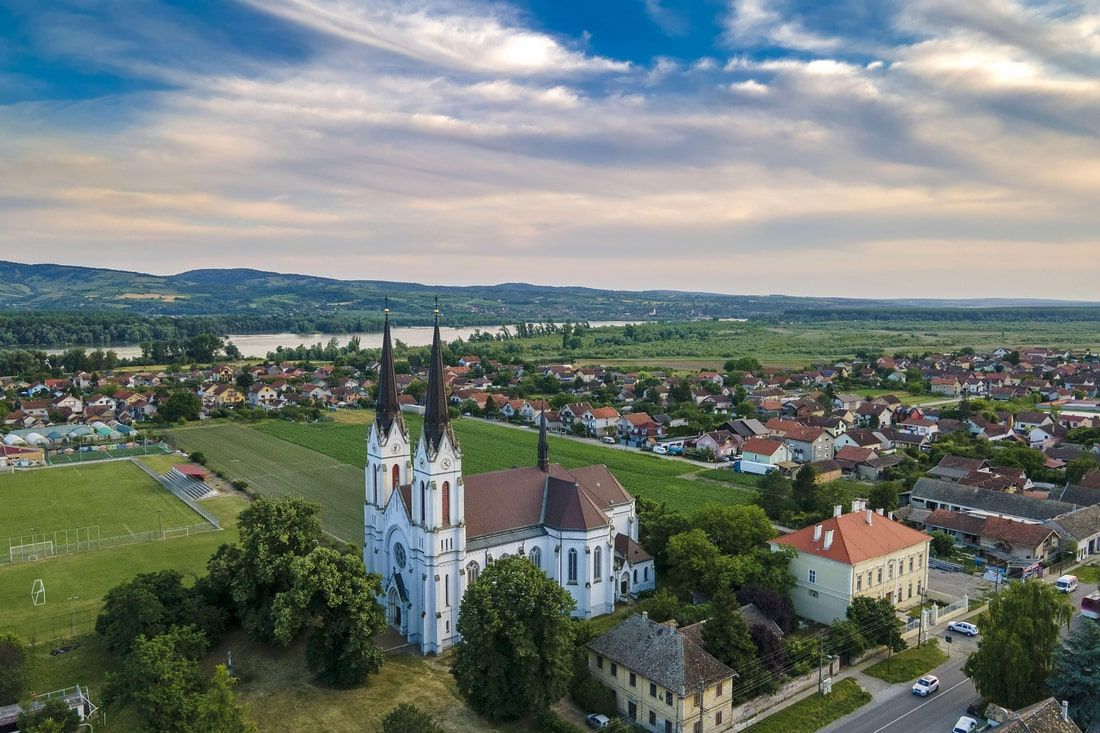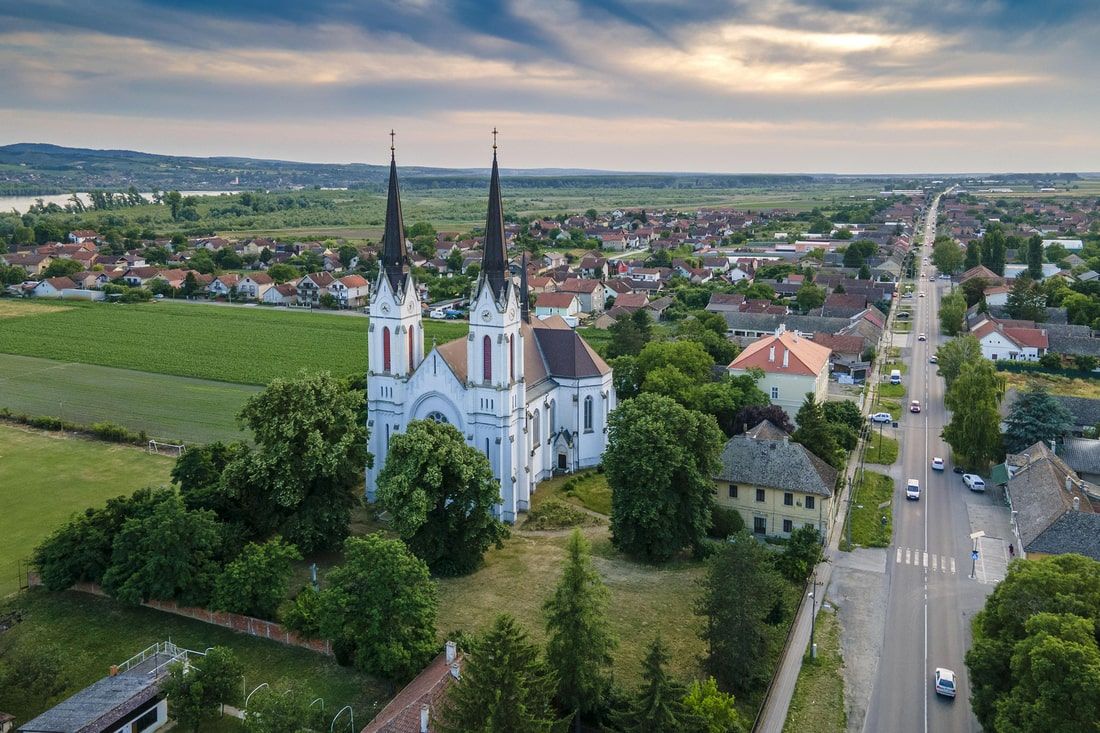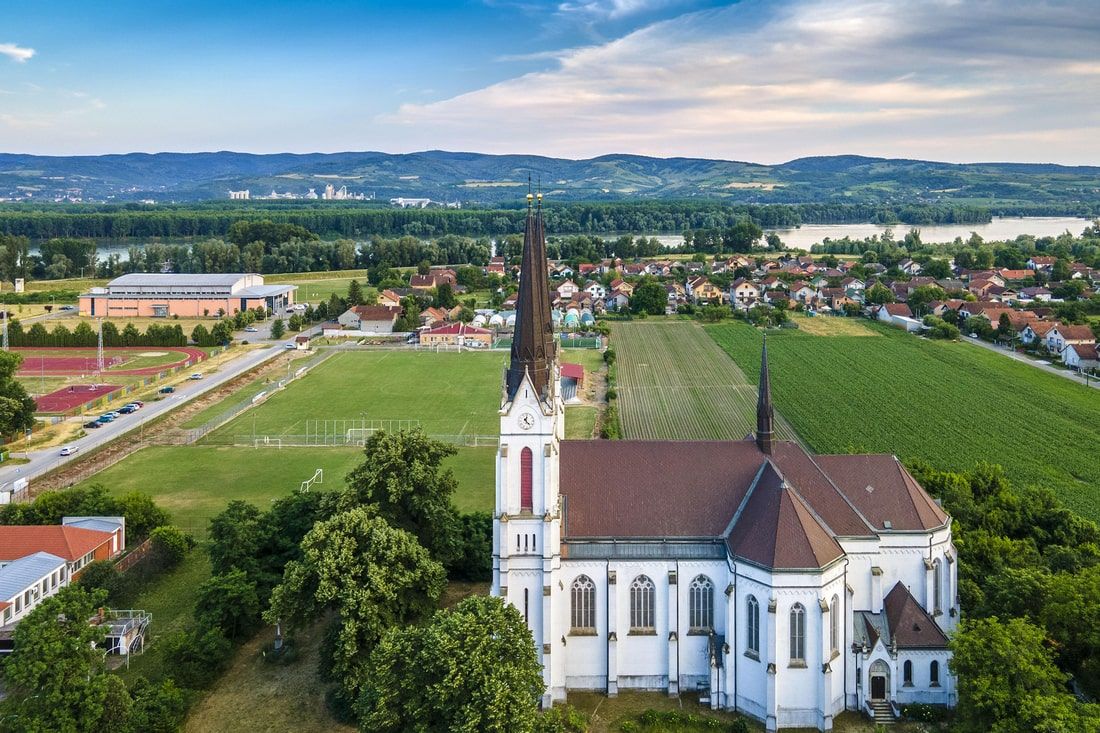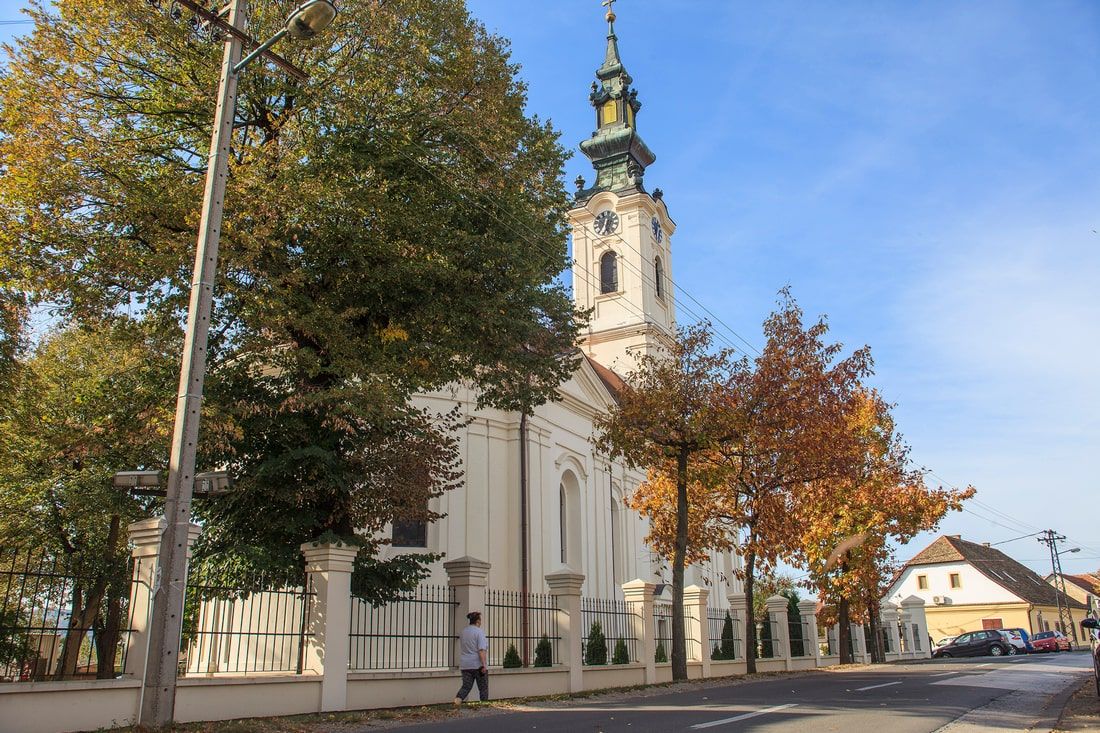52 Weekends - February
Celebrations and programmes for the Day of the City of Novi Sad
The Day of the City of Novi Sad is one of the days to remember in the Novi Sad historical saga and that is solemnly and cheerfully commemorated. It is a memory of the day when, on February 1st, 1748, the Empress Maria Theresa signed the Charter by which Petrovaradinski Šanac acquired the privileges of a free royal city and the new name, which she then gave – Neoplanta. The name was also given in German and Hungarian: Neusatz, Újvidék, and the Serbs, making the vast majority of its inhabitants at that time, translated it as Novi Sad.
The event itself, known as the Elibertation, had the elements of a sales contract, because the former military-chamber settlement was transformed into a free royal city for 80,000 Rhine forints. Privileges meant that the free royal city had the status of nobility (coat of arms, flag, territory, income and taxes), and the benefits of that were enjoyed by all the residents with the full legal status. On the coat of arms, which is defined by the Elibertation Charter, there are three silver towers on a blue shield with the Danube below it, and above the middle and the highest one there is Noah’s dove with a branch, which in the heraldic interpretation means a time of peace and permanence.
Every February 1st, the Day of the City is celebrated in Novi Sad with a series of events that are surpassed in significance by the Ceremonial Academy, at which deserving citizens are awarded the prestigious February Award. On that occasion, the delegations of twin cities – Modena, Changchun, Dortmund, Norwich, Pecs, the Municipality of Ilioupoli, Budva, Timisoara, Nizhny Novgorod, Gomel, Toluca, come to Novi Sad and a number of programmes is organised for them as well as for all the residents and visitors of Novi Sad. The Tourism Organisation of the City of Novi Sad and the Association of Tourist Guides of Novi Sad traditionally organize a tour of the city centre, Petrovaradin Fortress and surrounding attractions.
Text: Gordana Stojaković
February days of wine and love
Love and wine are the most beautiful faces of the month of February. That is when St. Tryphon and St. Valentine meet and get celebrated on the same day.
The protector of winegrowers and vineyards, according to the Orthodox calendar, St. Tryphon is celebrated en masse on February 14th in the villages of Fruška Gora. According to folk customs, on that day, winegrowers gather in front of village churches carrying bottles of red wine, and after the liturgy and consecration of the feast cake decorated with grape motifs, the ceremony attendants visit the vineyards where the grapevine stems are watered with wine with the belief that the fruit will be healthy and abundant.
Srem Catholics celebrate St. Vinko, the patron saint of winegrowers, winemakers and wine. Both begin the celebration or feast with prayers for the blessed fruit of grapes and wine, and end with folk merriment with singing, dancing and the obligatory Srem gastro-magic. Wine festivities are easily transferred from vineyards to urban areas, because in Novi Sad, young wine is poured in many city restaurants and wine cellars, and in the nearby Irig it turns into an event of the Days of the Young Portuguiser.
St. Valentine’s Day, which is also celebrated on February 14th, has become a planetary accepted day of romantic love or Valentine’s Day, a secular holiday when various gifts are obligatorily given, or other forms of attention that should represent emotional affection for a loved one. During the days that precede this holiday, the city is in a festive hurry, which most often affects shops, as well as those areas in the city that are transformed into shopping squares and streets if necessary. City restaurants, chardas and wineries at the outskirts of Novi Sad are becoming lively places where love and life are celebrated with wine.
Text: Gordana Stojaković
Native Collection of Sremski Karlovci in the palace of the patriarch Josif Rajačić
Among the high church dignitaries of the Serbian Orthodox Church who lived in Sremski Karlovci, a special place is occupied by the Metropolitan of Karlovci, and later the Serbian Patriarch, Josif Rajačić. It is not surprising, therefore, that the address where he lived is in many ways still an important place in Karlovci. Ilion Palace, one of the most representative and valuable buildings in Sremski Karlovci, was built as his residence in the first half of the 19th century.
Above the carriage entrance, there is the preserved coat of arms of Rajačić, an integral part of the noble privilege , which Josif Rajačić received for his services to the Viennese court. It shows a church, a horseman with a drawn sword and a lion behind which there is the Serbian coat of arms with symbolic four Serbian letters “S”, and the meaning derived from that depiction is connected with the lion’s fight of the title holder for the church. Over time, Ilion underwent several changes, and after the World War II, the City Museum was established in the palace.
Today it is the address of the Sremski Karlovci Native Collection. The exhibition consists of the collections of Branko Radičević, Grammar School and the archaeological heritage of Sremski Karlovci, and the legacies of the painter Milić from Mačva and the architect Svetomir Lazić. Visitors can also see what the peasant kitchen from the end of the 19th century and the festive dining room of the Rajačić family looked like. The historian Pavle Strasser wrote that the Native Collection contains interesting and valuable exhibits and documents such as the painting by “master Hoholac” titled “Stara pijaca” (“Old Market”) which shows that the fountain “Four Lions” before the construction of the Grammar School was slightly more to the north compared to where it stands today, a letter from Todor Radičević to the director of the Grammar School about his son Branko and his arrival to the School, as well as a picture showing the appearance of the house in which the Karlovci Peace Treaty was signed.
The Native Collection of Sremski Karlovci belongs to the City Museum of Novi Sad, that is, it is one of its annexes.
A visit to Sremski Karlovci is an exciting and meaningful journey into the past that you should always take again and again.
Text: Gordana Stojaković
Kać and Budisava as fruitful excursion potentials
The reason why you can decide to come to Kać is the newly founded monastery of the Serbian Orthodox Church dedicated to Christ’s Resurrection. As soon as you step inside the monastery complex, parts of which are covered with mosaics, it will be clear to you that you are in a nunnery – a centre for mosaics, ceramics, icons and embroidery making. In the mansion there is a masterfully picturesque chapel dedicated to the Birth of the Most Holy Mother of God. A procession of saints of the Orthodox world is presented on one of the walls, which is a rare sight. The monastery complex is open for visits, and occasional schools of skills are organized by the nuns.
Budisava (In Hungarian: Tiszakálmánfalva, in German: Waldneudorf) was founded in 1884. The centre of Budisava is dominated by the Roman Catholic Church of the Assumption (Blessed Virgin Mary), built in the Neo-Gothic style in 1908. Near the church (first street to the right) there is an Ethno-house created by the great efforts of Tibor Milanovic. In the space (house and garden) that was once used by the sacristan with his family, objects from everyday life were collected, which completely evoke the life of the inhabitants of Budisava in the second half of the 19th and the first half of the 20th century. In the yard there is a collection of agricultural tools, tools that were used to cultivate the land, an old well, but also a series of photographs showing the social life of the inhabitants between the two world wars.
Text: Gordana Stojaković
Baroque secrets of Futog
Futog is a community that administratively belongs to Novi Sad, but there have been historical periods when its economic and even strategic importance was greater than the one of Novi Sad. Materialized evidences of the former power that still captivate with their beauty can be visited in the centre of the settlement. In the old part of Futog there is the Serbian Orthodox Church of the Holy Healers Cosmas and Damian. It was built in 1776 in the Baroque style. The iconostasis of the church is the work of one of the most important Serbian painters of the 18th and 19th centuries, Arsenije Teodorović. The wall paintings are the work of Janko Halkozović, who relied on the experiences of Byzantine and Italian Renaissance painting. The church also has a valuable collection of icons painted by the Novi Sad painter Pavle Simić, whose painterly expression is connected with Nazarene painting.
A striking building of the Roman Catholic Church of the Heart of Jesus rises at the beginning of a new part of Futog and it was built at the site of the older temple dedicated to the Holy Trinity. The new church was built in the pseudo-Gothic style by the Kotek count family at the beginning of the 20th century. The Roman Catholic Church of the Heart of Jesus has magnificent stained glass windows and a powerful organ. The relics of St. Eugene, a martyr from early Christian times, whose body rested in the Roman catacombs, which Pope Pius VI donated to the Church of the Holy Trinity in 1777 are kept in the Church, in a glass sarcophagus. Next to the church there is the Parish Court.
In the immediate vicinity of the Roman Catholic Church there is the baroque Hadik Castle, which was built in 1777 by the Austrian field marshal and chairman of the Vienna Court War Council, Count Andreas Hadik. At the beginning of the 19th century, it passed into the possession of the Kotek count family. There is a legend that the guests of Hadik’s castle at the time when it was owned by Counts Kotek just before the Sarajevo assassination were Archduke Franz Ferdinand and his wife Sofia Kotek, and that it was there that Johann Strauss the Younger composed “On the Beautiful Blue Danube”. Today, this elegant building houses the Agricultural School.
You can end your tour of Futog in one of the famous chardas and cross the Danube by ferry, and start discovering wine pleasures in the wineries of Beočin, Čerević and Banoštor.
Text: Gordana Stojaković
